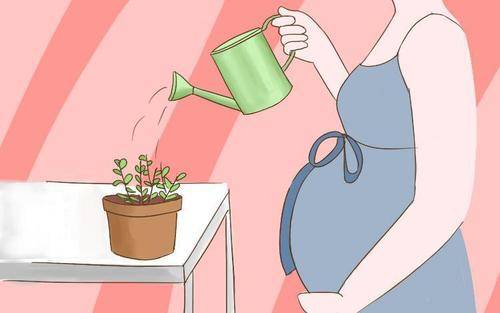Epididymitis is mainly caused by pathogenic bacteria (such as Escherichia coli, Staphylococcus aureus, Streptococcus, etc.) entering the vas deferens, retrogradely invading the epididymis, thereby causing epididymitis. Epididymitis mostly occurs in young and middle-aged men, being the most common inflammatory disease in the scrotum, potentially involving the prostate, urethra, and reproductive organs such as the seminal vesicles.
According to clinical manifestations, it can be classified into acute epididymitis and chronic epididymitis.
Acute epididymitis: Clinically characterized by sudden high fever, elevated white blood cell count, pain, heaviness, and swelling in the affected testicle, pulling pain in the lower abdomen and groin that worsens when standing or walking.
When the inflammation is extensive, both the epididymis and testicle may swell, with unclear boundaries between them, known as epididymo-orchitis. The spermatic cord on the affected side thickens, and there is tenderness. Generally, acute symptoms gradually subside after about a week.
Chronic epididymitis: More common, some patients progress from acute to chronic due to incomplete resolution, while others do not have a clear acute phase. The inflammation often develops as a sequel to chronic prostatitis or injury. Patients often experience dull pain, heaviness in the affected testicle, with pain radiating to the lower abdomen and groin on the same side, sometimes accompanied by secondary hydrocele.
For male patients, both acute and chronic epididymitis can affect fertility and health.
We know that the epididymis is the habitation of sperm. If the epididymis is inflamed, it can affect the sperm’s living environment, potentially reducing sperm motility, leading to dead or non-motile sperm, and even infertility.
Furthermore, untreated epididymitis can lead to other conditions such as prostatitis, endocrine disorders, varicocele, severely jeopardizing male health and fertility.
Moreover, untreated epididymitis can impact sexual life as inflammation can cause hardening in the epididymis area. During sexual activity, the contraction of the vas deferens may cause ejaculation pain, affecting sexual performance.
Hence, if men experience abnormal genital pain, prompt medical consultation is crucial to prevent aggravation of the condition.
In clinical practice, male infertility resulting from epididymitis can be managed through medication or in vitro fertilization.
If the female partner is healthy but the male partner experiences oligospermia or asthenospermia due to epididymitis, targeted antibiotic treatment can help reduce inflammation and pain, improve sperm quality. After sperm quality normalizes, attempting conception can be considered. If medication proves ineffective and immediate conception is desired, in vitro fertilization can be an option.
If the female partner is also infertile, direct recourse to in vitro fertilization is possible.
If a male presents with azoospermia due to epididymitis, testicular sperm aspiration can be utilized for in vitro fertilization.
Male infertility caused by epididymitis can be addressed through in vitro fertilization. However, continuing treatment is necessary to safeguard health.


